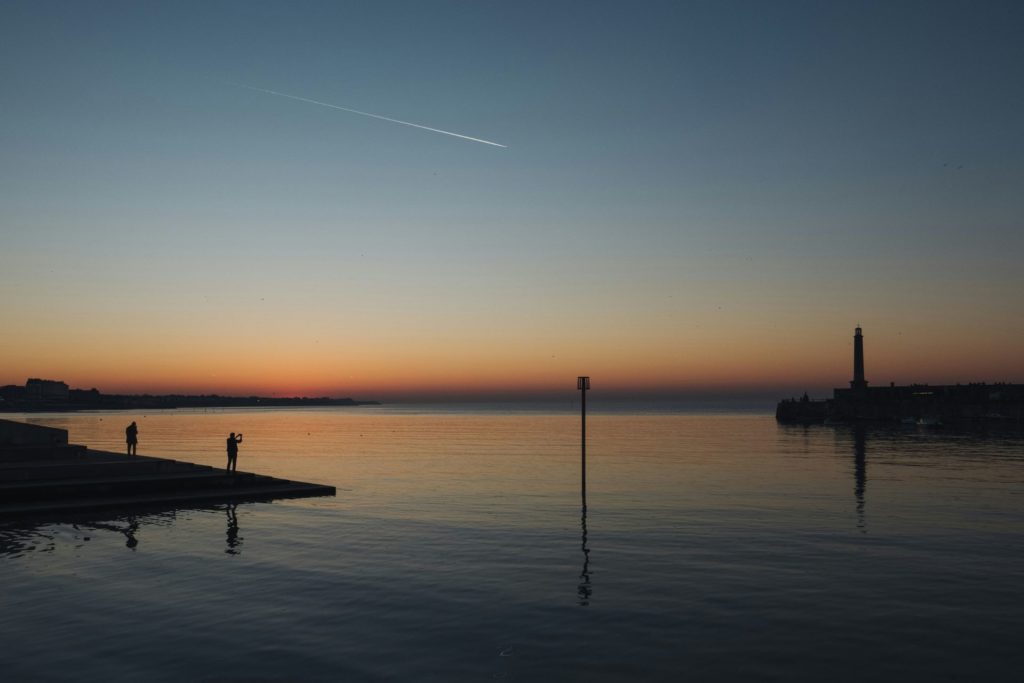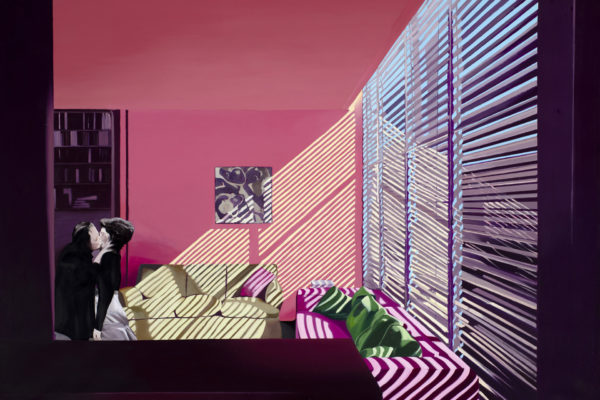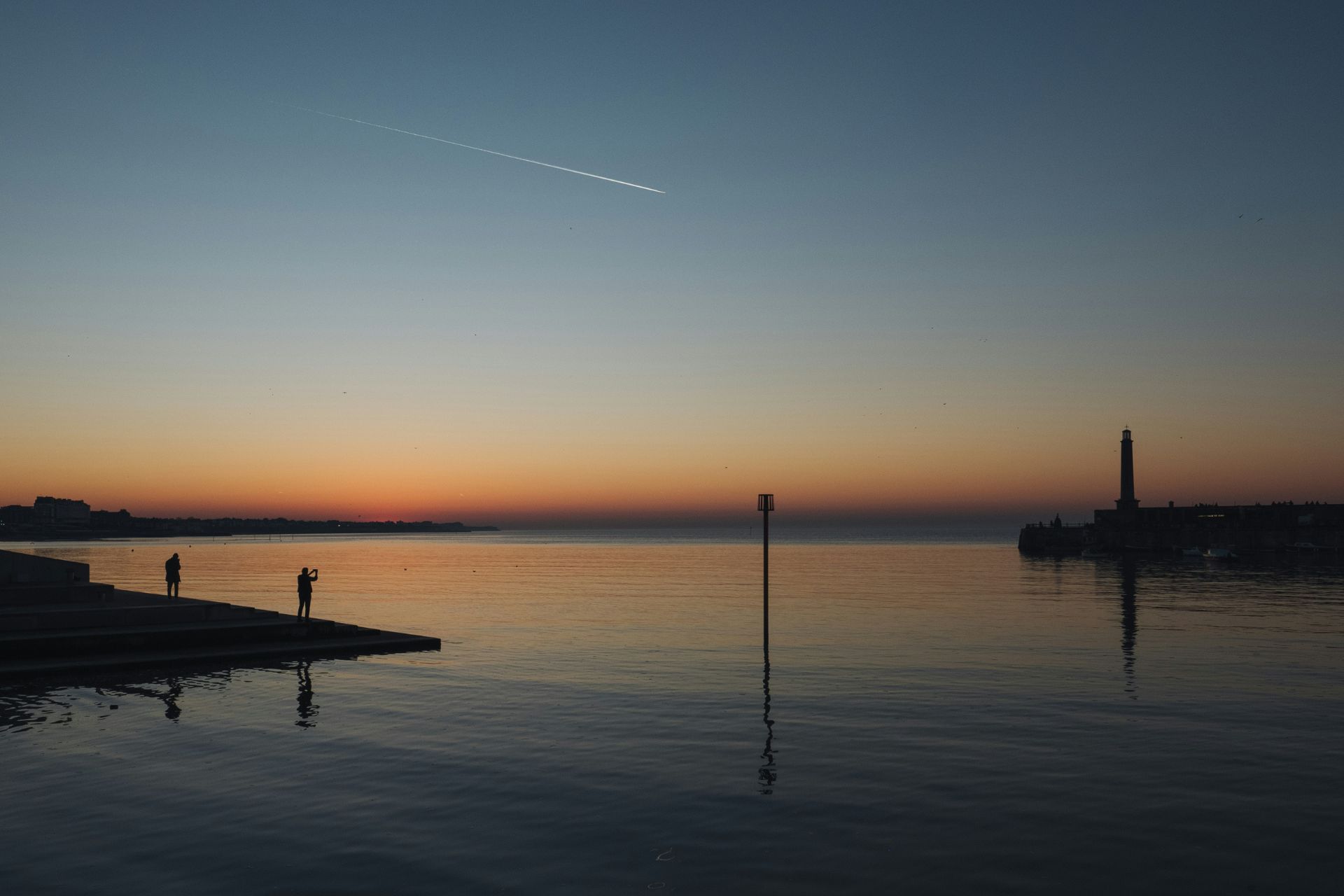
- HOME
- CULTURE
Shifting Seascapes: The C&TH Guide To Margate
The south-east seaside town is a hub of creativity
By | 1 week ago
From down-at-heel seaside resort to artists’ havens, the tide is turning in Margate, says Jenny Rowe.
How To Spend A Weekend In Margate
Beside Margate’s beloved beach and built on the same plot as the former boarding house where its eponymous artist JMW Turner once stayed, Turner Contemporary symbolised the start of a new era for Margate, when it appeared on the skyline in 2011.
Instead of pulling the plug on the town’s distinct personality and starting a rash of gentrification, it has allowed Margate to remain grounded in its punchy past, while also looking to its future as one of the UK’s most close-knit creative destinations. This notion was further compounded when Tracey Emin chose to open her foundation and artists’ studios in the town.
Now, a proliferation of chic places to stay – from beautifully curated and designed rentals from sites like Kip Hideaways to a glorious new guesthouse, 42 Margate, – just a stone’s throw from the beach in the Old Town, means a weekend jaunt ticks all the boxes.
STAY
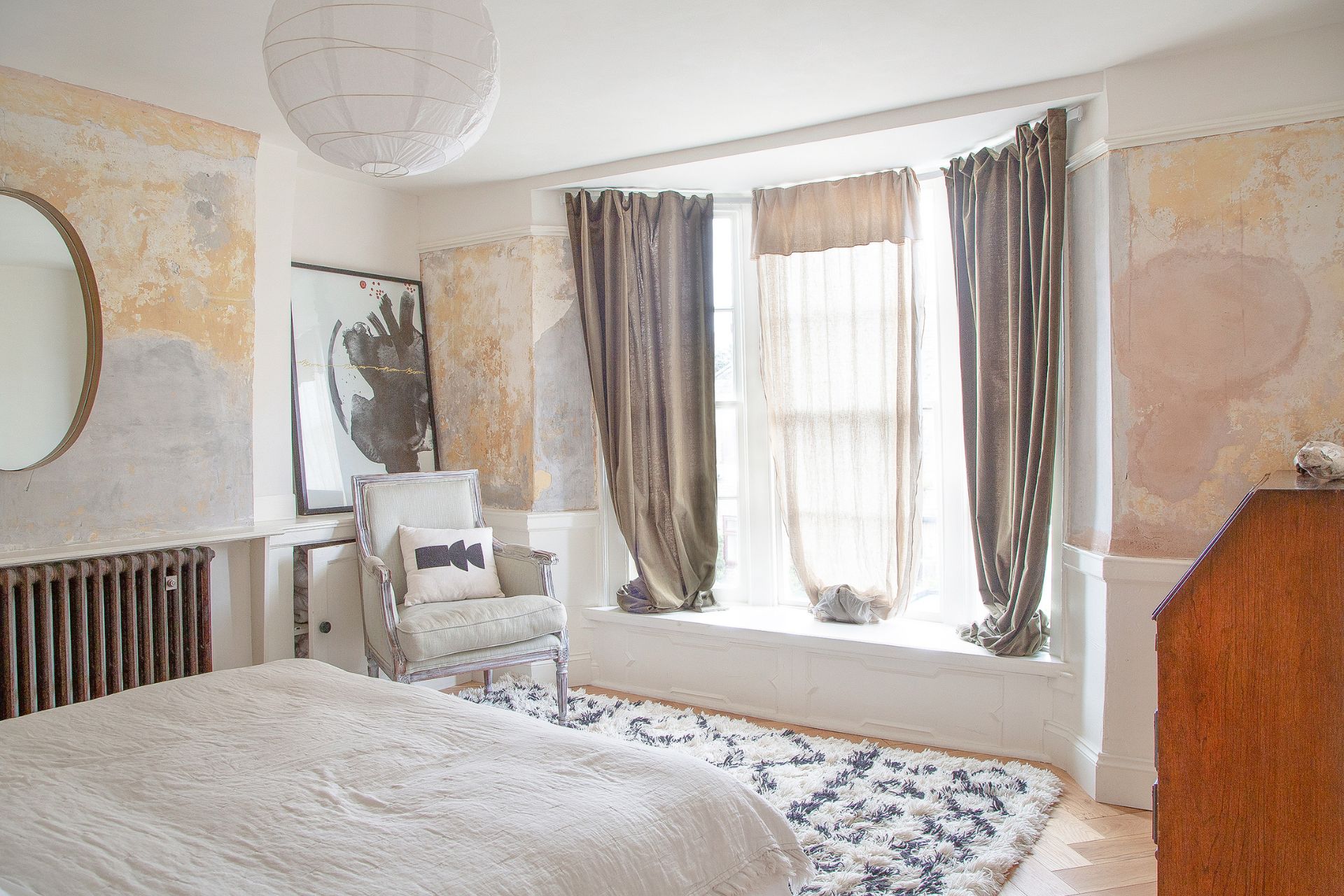
Behind the red front door of a Georgian terraced house and just a five-minute walk through the deliciously cobbled Old Town to the main beach (kickstart your day with a quick dip) and just 13 minutes’ walk from the train station, The Margate Galley, one of Kip Hideaways’ portfolio of properties, exemplifies the shabby chic – with the emphasis on chic – aesthetic – and it’s the perfect weekend pad from which to explore this cultural seaside hot spot. Think rooms flooded with light bouncing off the tender pale pink raw plaster walls, original floorboards, reclaimed tiles and exposed brick fireplaces. Dogs are welcome and the kitchen is beautifully stocked to cook at home – although there are so many great restaurants to check out, you might just want to settle in for pre-dinner cocktails – we suggest chilling in the hanging chair in the sitting room with a book, when the wind whips up and you’ve had a day out exploring. Beds are super comfy (there are three double rooms) and it can happily sleep eight, though the room with single beds would be tight and cosy – just right for kids. Costing £200 per night, its central location, ease and charm make it a perfect pick for a weekend escape. kiphideaways.com
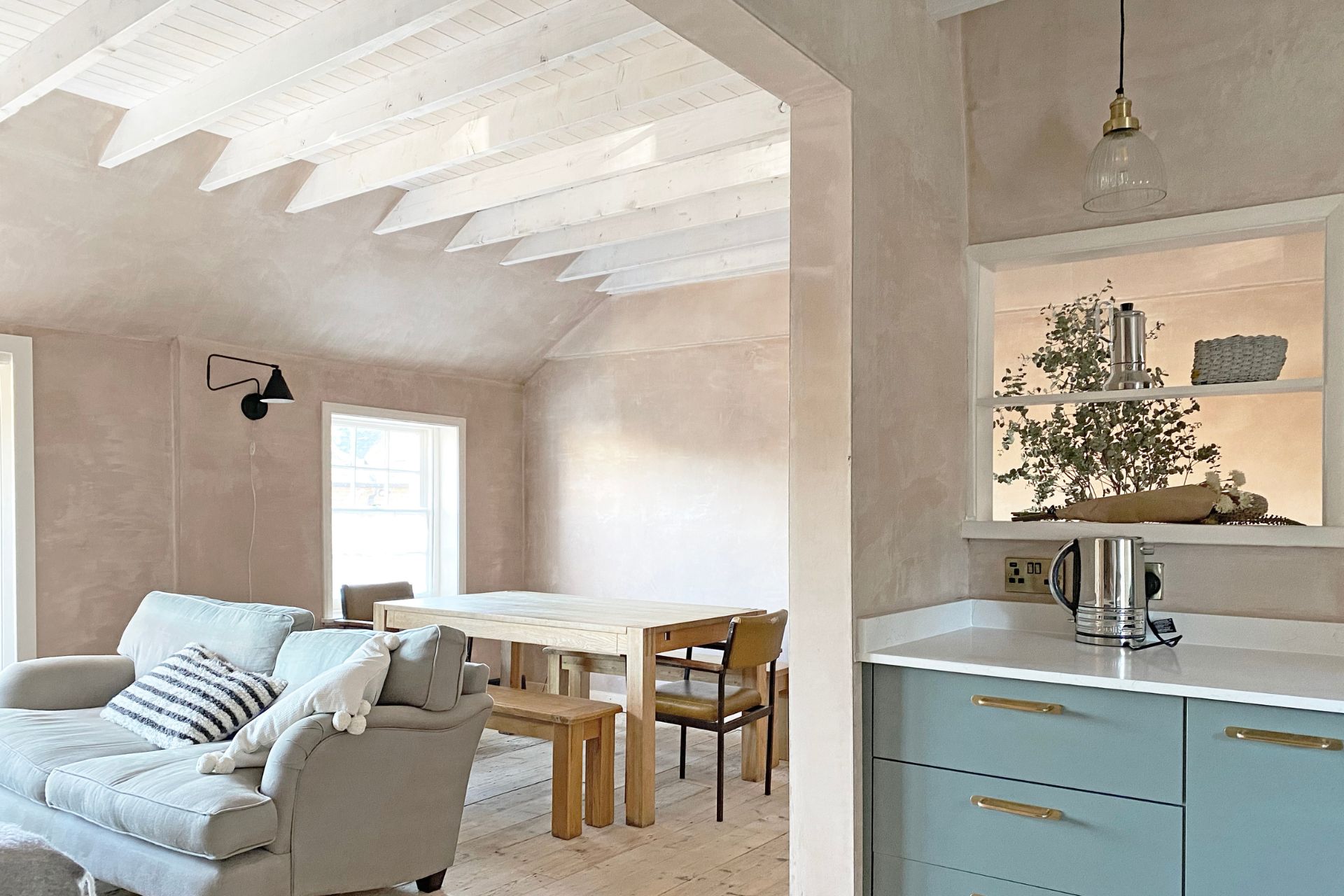
ART IMMERSION
Immerse yourself in its cultural vibe. Communities may have cracked in the ’60s (mods and rockers) and ’80s (mods and skinheads), when gang violence in Margate hit the headlines, but it also generated a climate of freedom and self-expression. And of course, inexpensive housing and inspiring views have always summoned artists to take up posts by the sea.
After Turner, Margate’s artistic spirit was championed by former YBA, Tracey Emin. Born in Croydon in 1963, but brought up in Margate, she has transformed her working studio into The Tracey Emin Foundation, and the TKE Studios, a space for artists to work, exhibitions and lectures, as well as her free 18-month artist residency programme. Emin describes her hometown as ‘hip’ and ‘better than Shoreditch, because it’s got the sea. It’s kind of rough, it’s gritty,’ she says, ‘it’s not a twee seaside town, it’s got a bit of guts to it.’
View this post on Instagram
Art, after all, is rarely synonymous with fame and fortune. For most artists, it’s about more important values such as community and collaboration. Even before Turner Contemporary made its splash in the town, the tide had been turning in Margate.
Marine Studios, for example, provides a co-working space from which many local artists, designers and organisations have been launched, including Dreamland, the Margate Mercury magazine, and feminist arts festival, POW! Thanet. It has recently launched a Writers’ Room for local literary organisations, writers and creatives.
Carl Freedman Gallery opened in 2003 with a show by Billy Childish, and the Joseph Wales Studio offers exhibition space all year round. Established show spaces include King Street Studio and Gallery (which also puts on public art classes), Margate Art, whose mainstay collection is Julian Samiloff – a painter, photographer, sculptor, ceramicist and psychotherapist who fell in love with Margate as child – and Lombard Street Gallery, which curates the local craft scene. All are individual and dedicated to supporting local people.
THE SEA, THE SEA
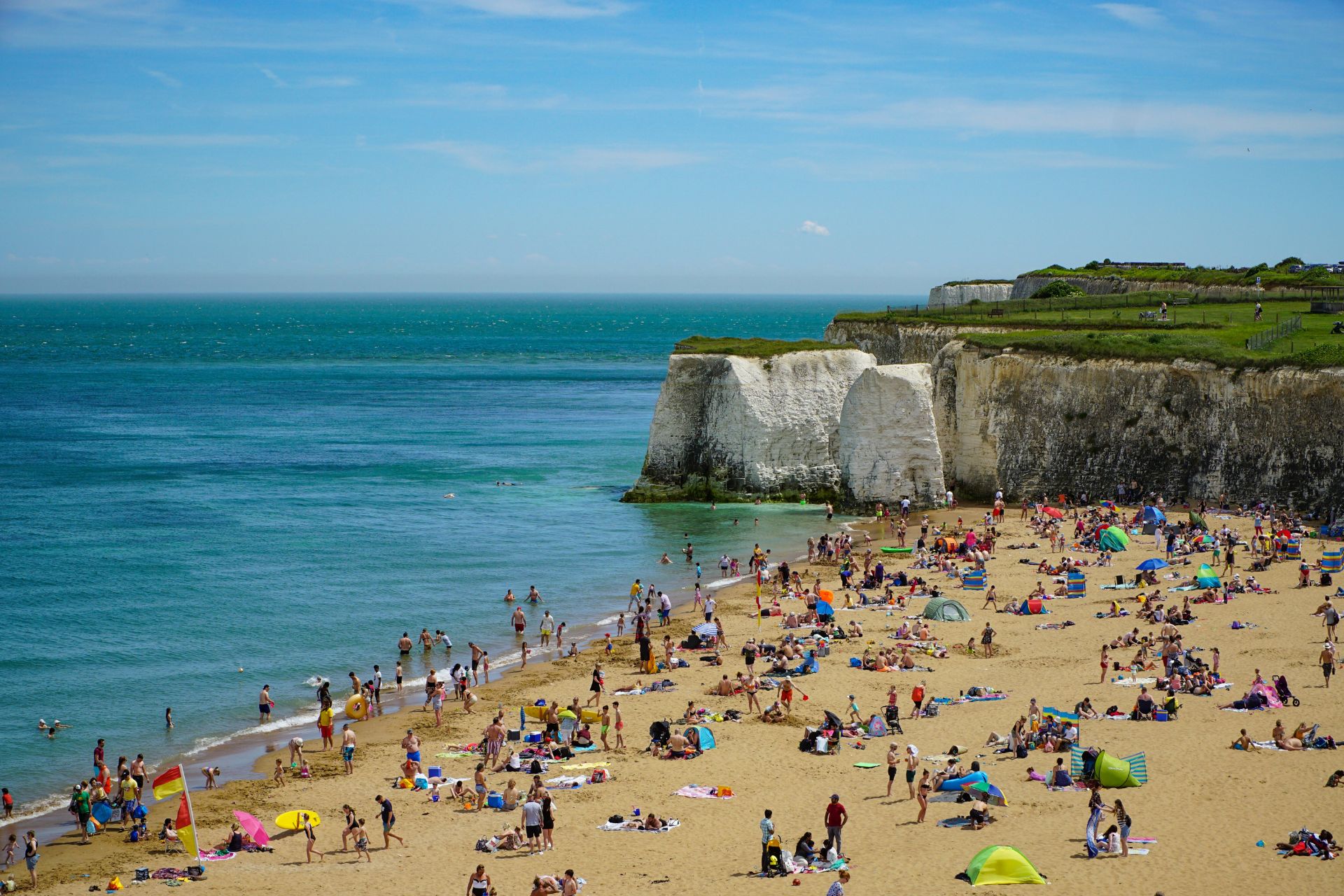
Unsplash
Of course, there’s plenty else to immerse yourself in – not least the water. A stroll to your right along the beachfront will take you to Grade II listed Walpole Bay Tidal Pool which was built in 1937 and is the UK’s largest. It’s the perfect spot for a dip (especially when the tide is out) and hardy cold-water swimmers are seen front crawling in wetsuits between its sea walls in every season.
Further along the coast, you’ll hit Botany Bay (a lovely hour’s walk, or perfect on a hire bike – the path is beautifully flat). Named after its Australian counterpart, because of its history of local smuggling, this Blue Flag beach offers good swimming, white cliffs and those iconic chalk stacks.
Back in town, there’s mooching aplenty – vintage clothes, curiosity shops, quirky art and antiques emporiums dissolve an afternoon with ease. Music can be heard from most corners (especially outside Wildes on Margate Place which had a queue outside even in winter). Margate still has a rawness lacking from its more genteel counterparts such as Rye and Whitstable. While gentrification is undoubtedly taking place at pace and The Old Town is super hip, it hasn’t wrapped its gloved hands around the town entirely.
FOODIE FINDS
From an excellent morning coffee from Curve, at 12 The Centre, to fish and chips to eat on the beach from Peter’s Fish Factory, you can go as high and low with your culinary choices as you want. But for a seafood treat don’t miss Dory’s seafood bar, which serves up whatever the catch of the day is and whatever vegetables are in season, all sourced from local farm suppliers, much of which are raw, cured and pickled.
WHAT’S ON
View this post on Instagram
Be sure to catch Beyond Form: Lines of Abstraction, 1950-1970, a major show at Turner Contemporary that runs until 6 May and celebrates the work of over 50 international women artists who share the language of radical abstraction, including pieces by Bridget Riley and Louise Bourgeois. While you’re there, check out and snap up pieces from Breakwater, a new mid-Century styled ceramic collaboration between Turner Contemporary and Rye Pottery which includes hand-painted lamp bases, vases and utensil pots with an abstract design inspired by local pebbled beaches and which is exclusively available from the Turner Contemporary shop.

